Inside Camp Chesterfield: The Psychic Retreat Made Famous By Whistleblower Lamar Keene
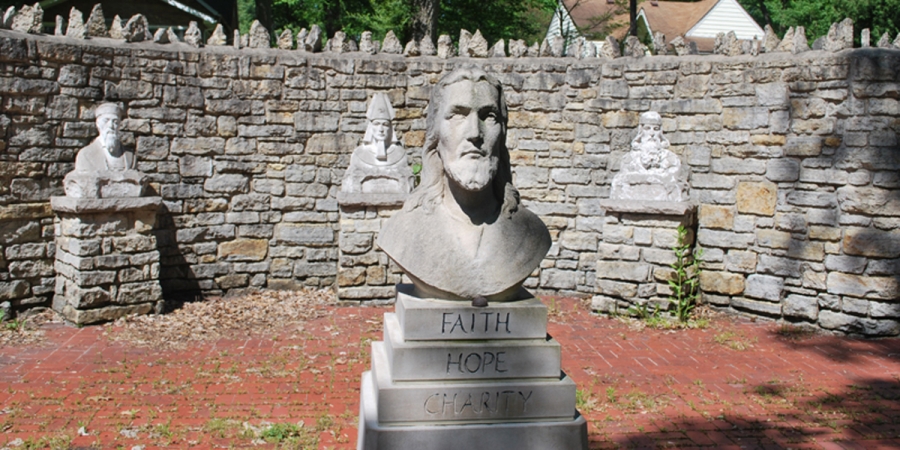
Photo: Indiana Landmarks

Photo: Indiana Landmarks
This page is more than three years old.
Located in Indiana, Camp Chesterfield is a spiritual retreat that has recently been the subject of a BBC docudrama, 'Fake Psychic'.
The camp, which is listed on the US National Register of Historic Places, was founded in 1891. It originally consisted of nothing more than a collection of tents and later temporary wood cabins. As the resort grew in popularity, some permanent buildings were added including two hotels, an art gallery and a cathedral.
But it was what's below the cathedral that was the big talking point at the centre of BBC journalist, Vicky Baker's recent series. The six-part podcast series, which is available to listen to in full now on BBC Sounds, is based on 1976 book 'The Psychic Mafia' by Lamar Keene as told to Allen Spraggett.
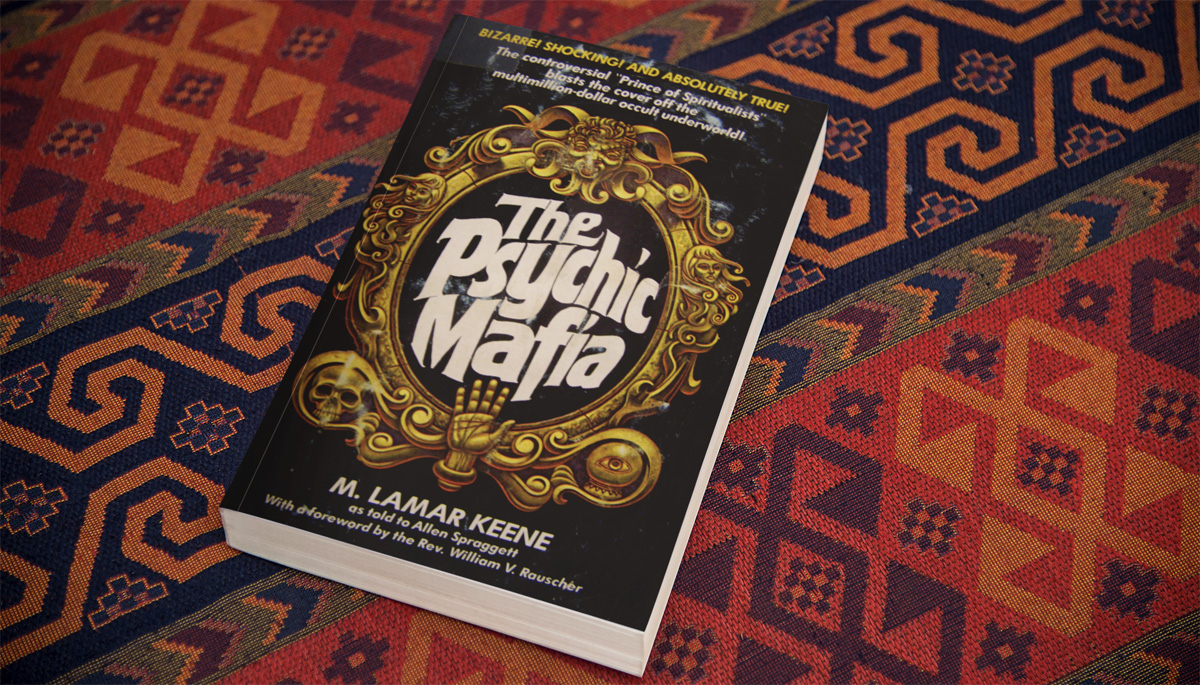
Lamar was born in Florida in 1936, where he set up his first Spiritualist church with an old school friend who was given the pseudonym "Raoul" in 'The Psychic Mafia', but Vicky was unable to unearth his real identity as part of her investigation into Lamar's life story. His real name was Ramon Noegel, and together he and Lamar made a name for themselves as successful spirit mediums and in the early 1960s moved to the camp in Indiana, where Lamar become known as the "Prince of the Spiritualists"
Once living and working at the camp, surrounded by other mediums, they found that conducting séances for church members and residents of the camp was big businesses. Lamar once said in an interview, "I made quite a lot of money, I didn't always have time to count at all. Sometimes when camp was over, I would leave with a suitcase full of money."
By 1967, Lamar's conscience started to get the better of him, which lead to his dramatic exit from the church.
The silent film below shows what life was like at Camp Chesterfield a few years after Lamar's departure. The footage shows a tour of the camp, which is the home of the Indiana Association of Spiritualists to this day, in the early 1970s, including the Dr. JE Hett Art Gallery, which was built on the camp in 1954.
Advertisement ‐ Content Continues Below.
In 1976, 'The Psychic Mafia' was published, Lamar's tell-all expose in which he blew the whistle, not just on his own underhanded methods of providing fake psychic readings, but also exposed a nationwide network of dishonest mediums who were using the same tricks to encourage their sitters to part with their cash.
The book was co-authored by Allen Spraggett, a well-known Canadian paranormal writer who had previously visited the camp in 1965 and was unconvinced by what he saw there.
He described a séance in which several spirits were summoned and materialised in the darkened room. He said, "they were all barely visible. Most appeared to be swathed in white drapery, and all were the same height as the medium, and sounded exactly like her. They also exhibited abysmal ignorance of who they were supposed to be, when they had died, and other relevant details."
In the book Lamar describes the many common techniques used by fraudulent mediums, some of which date back at least as far as the 19th century.
This included everything from how mediums pulled off spirit manifestations and billet reading, a simple trick where a medium pretends to use clairvoyance to read messages on folded papers or inside an envelope, through to trumpet séances, where sitters would be amazed by the voice of spirits booming out of a levitating trumpet.
In an interview, Lamar said, "actually in a real trumpet séance what you would see would be this trumpet floating about the room, the spirit voice coming from within." He went on to explain how the the trumpet might land in a sitters lap, or rest on their hand. He added, "you'd see the luminous bands. You would feel the resonance of the trumpet from the voice apparently within."
However, the voice would actually be that of the medium being projected through a similar trumpet, coloured black so that sitters couldn't see it in the dark. He explained, "the voice will be vibrating and bouncing from the other trumpet, making it resonate or vibrate."
Theses were just a few examples, but Keene said he could fool his victims with even the most transparent ruses. He put this down to their need and want to believe, he called it "true believer syndrome."
Lamar said, "what is it that compels a person, past all reason, to believe the unbelievable? How can an otherwise sane individual become so enamored of a fantasy, an imposture, that even after it's exposed in the bright light of day he still clings to it — indeed, clings to it all the harder? No amount of logic can shatter a faith consciously based on a lie."
Famed debunker, James Randi, agreed that Lamar's sitters were easily fooled. After a 1977 interview he concluded that Lamar's methods were fairly unsophisticated.
Perhaps the biggest revelation to come out of 'The Psychic Mafia' was Lamar's claim that there had been an extensive store of information obtained and stolen from camp visitors. This personal data was collected during church services when attendees were asked to provide their full name, the names of loved ones they wish to contact and any questions they had for the spirits.
The camp's mediums could later used this archive to fool their sitters into believing that they obtain this intimate knowledge about them through their psychic gift. Keene wrote that mediums would share information on parishioners to help one another fool their sitters, this included sharing data through a network of other mediums working across America.
According to Lamar, this secret store was apparently held in a secret vault under the Cathedral. Although this has been denied by the camp and the existence of a basement has never been confirmed.
Making incriminating claims like these against a whole industry, plus your friends and colleagues, is obviously going to come back to bite you, and according to Lamar's account, it did. Lamar claims he received threatening phone calls, was shot at by an unknown assailant outside his house, and was later hospitalised after a drive-by shooting in 1979.

Photo: Indiana Landmarks
These weren't the only controversies that dogged the camp. In 1925 several of the camp's medium were arrested on charges of fraud following an investigation by a reporter, but the arrests ultimately didn't lead to any prosecutions.
Tom O'Neill visited the camp in 1960, at this time he was the editor of the magazine Psychic Observer. He set out to obtain scientific proof that the spirit manifestations demonstrated at the camp were genuine with the help of his cameraman, Andrija Puharich. However, he ended up uncovering proof of fraud.
Séances are traditionally carried out in darkened rooms, this wasn't just to set the mood, but because mediums claimed that spirits need darkness to manifest. Tom and Andrija understood this so had sought the permission of the camp to use an infrared camera to film two séances.
Despite the fact the medium knew she was being filmed, the footage revealed that the spirit manifestations were in fact just the medium's assistant draped in flowing and semi-transparent fabrics.
Although the camp deny any historic fraud, and distance themselves from these claims to this day, as recently as 2002 there have been claims of ongoing deceit. A sting operation was carried out by the former magician and debunker, Joe Nickell, who exposed what he found to be fraudulent activity.
Radio 4's series based on Lamar's story mixes documentary with dramatic recreations created by Nick Perry. Across the six episodes, Vicky questions how much can we trust the revelations of a self-confessed conman. How much of Lamar's extraordinary story is really true? And what can it tell us about how our emotions affect belief and our susceptibility to misinformation?
The full series is available to listen to on demand now on BBC Sounds.
Learn With Higgypop
Hosted by Paralearning in association with Higgypop, these courses on ghost hunting, paranormal investigations, and occult practices draw on the experience of our team of paranormal writers.
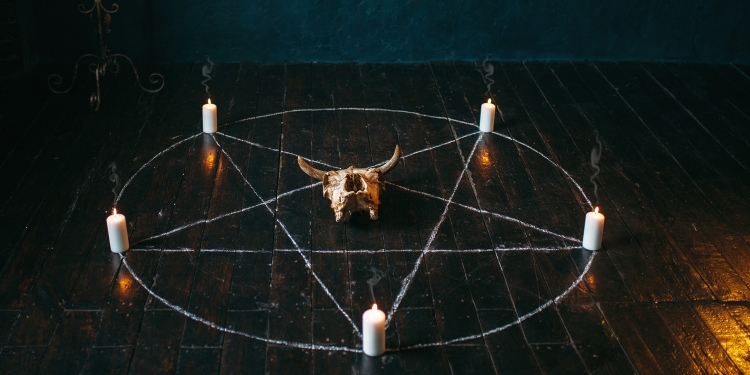
Diploma In Modern Demonology For Paranormal Investigators
This course gives you practical and useful knowledge of ghost hunting and paranormal research, which is invaluable when conducting your own paranormal investigations or as part of a group event.
View Course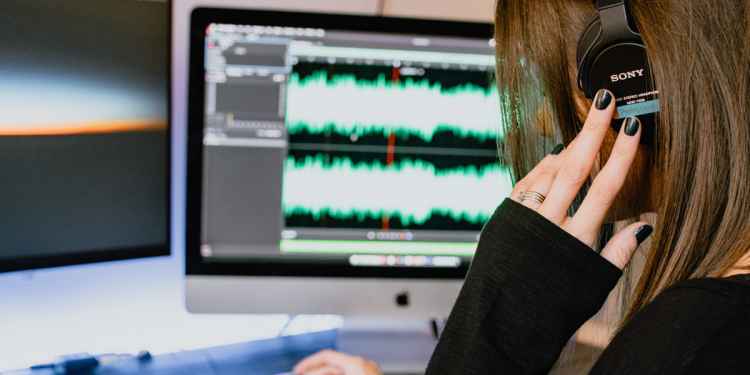
Diploma In Capturing & Analyzing Electronic Voice Phenomenon
This course gives you practical and useful knowledge of ghost hunting and paranormal research, which is invaluable when conducting your own paranormal investigations or as part of a group event.
View CourseMore Like This
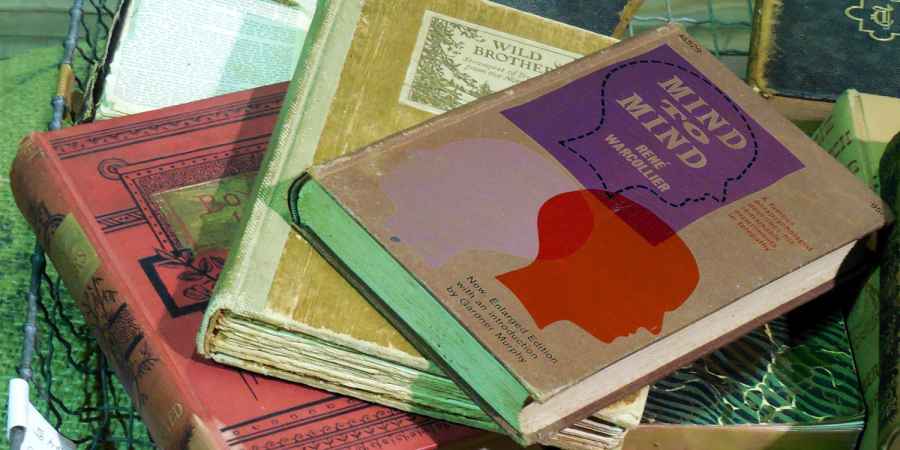
BooksMarch 17, 2025
Revisiting 'Mind To Mind': René Warcollier's 1948 Book On Telepathy
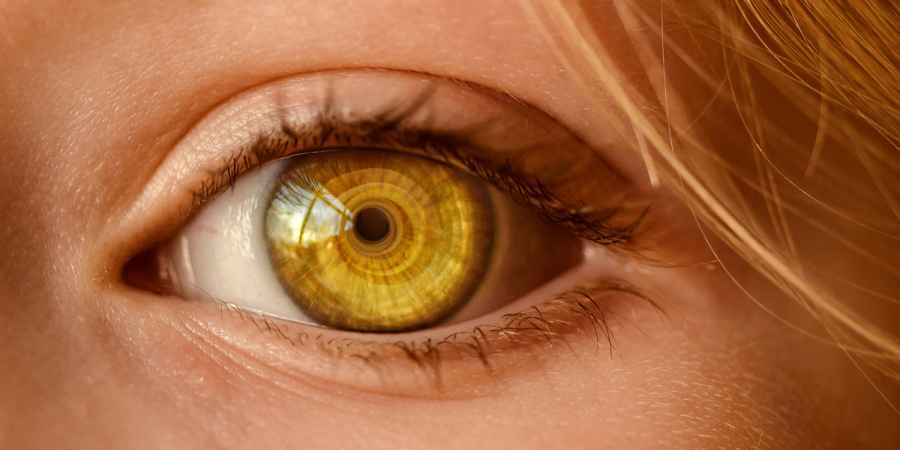
Remote ViewingMarch 16, 2025
Remote Viewing Glossary: Key Terms & Definitions
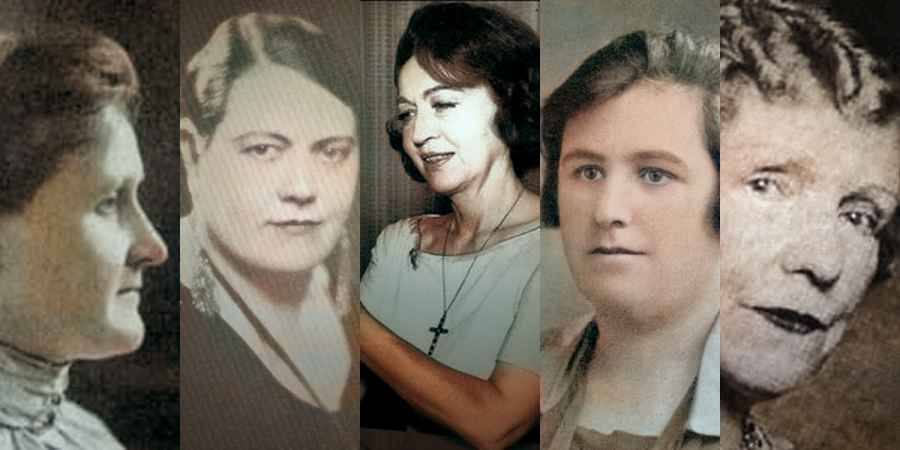
Womens DayMarch 08, 2025
Influential Female Psychics & Mediums

Remote ViewingMarch 07, 2025
Examining The Best Evidence For The Existence Of Remote Viewing
 See More on Audible
See More on Audible
Comments
Want To Join The Conversation?
Sign in or create an account to leave a comment.
Sign In
Create Account
Account Settings
Be the first to comment.